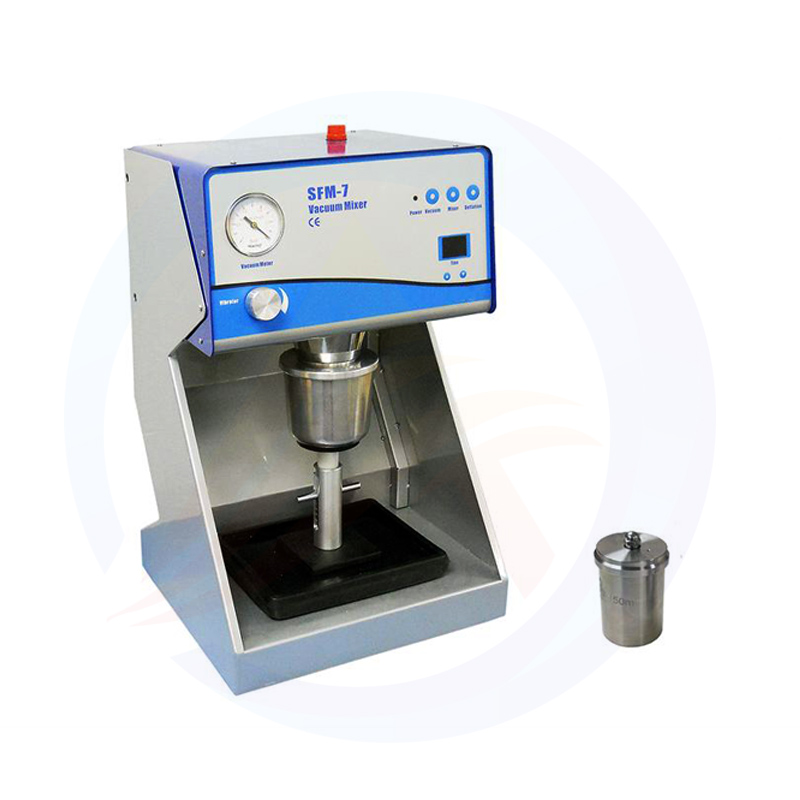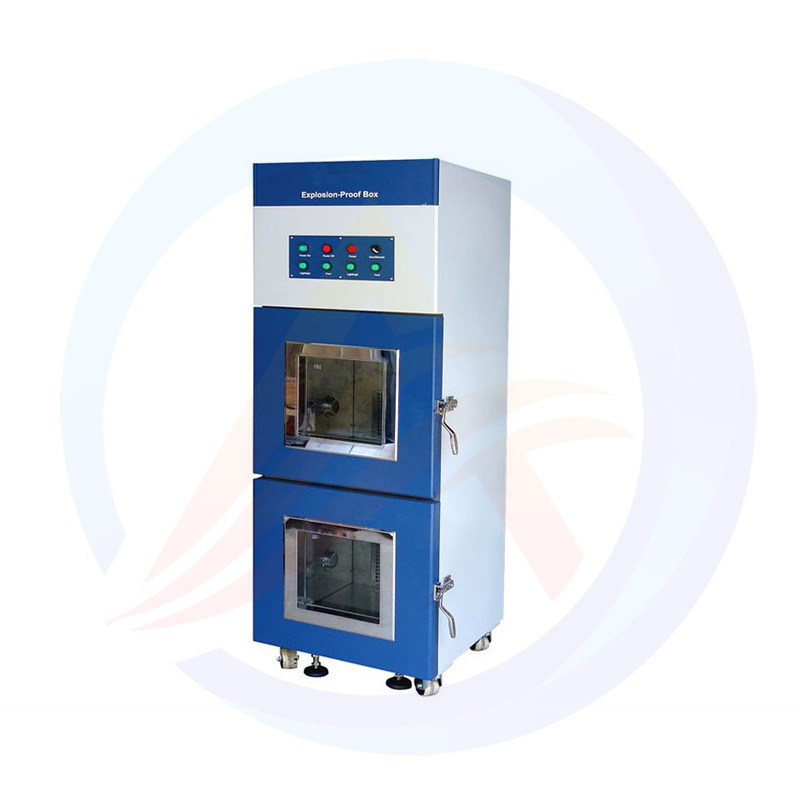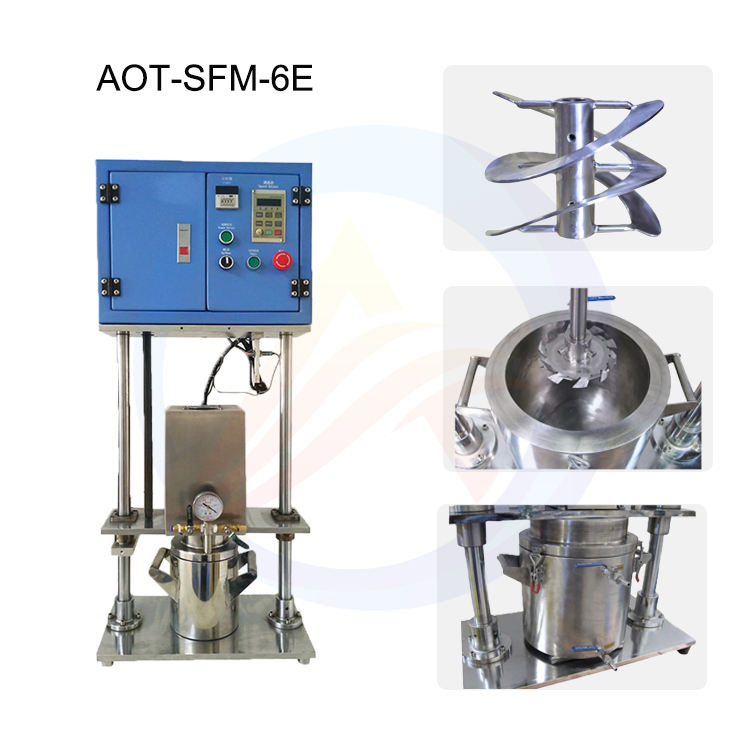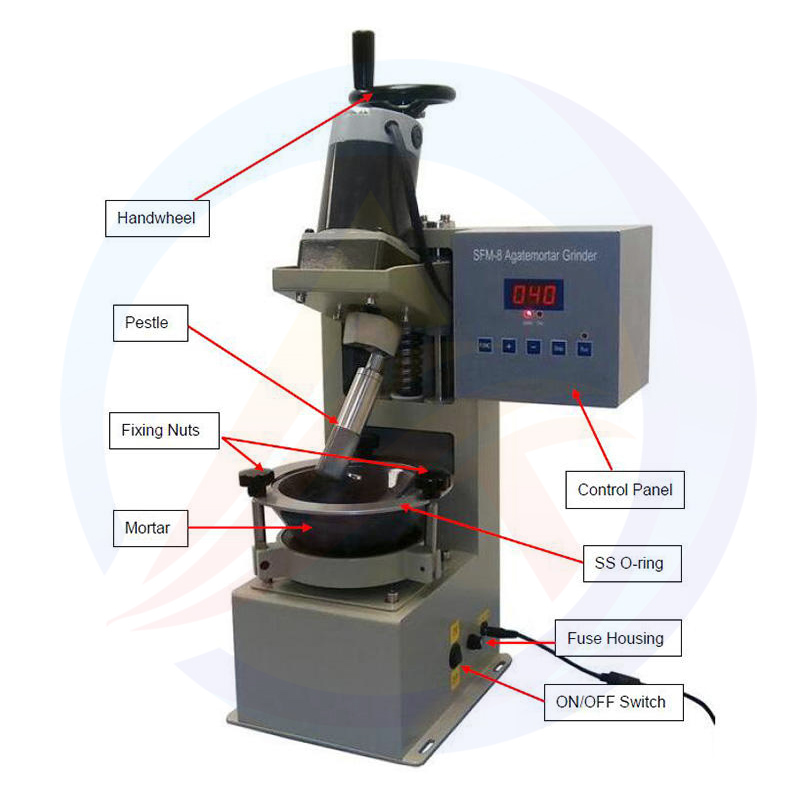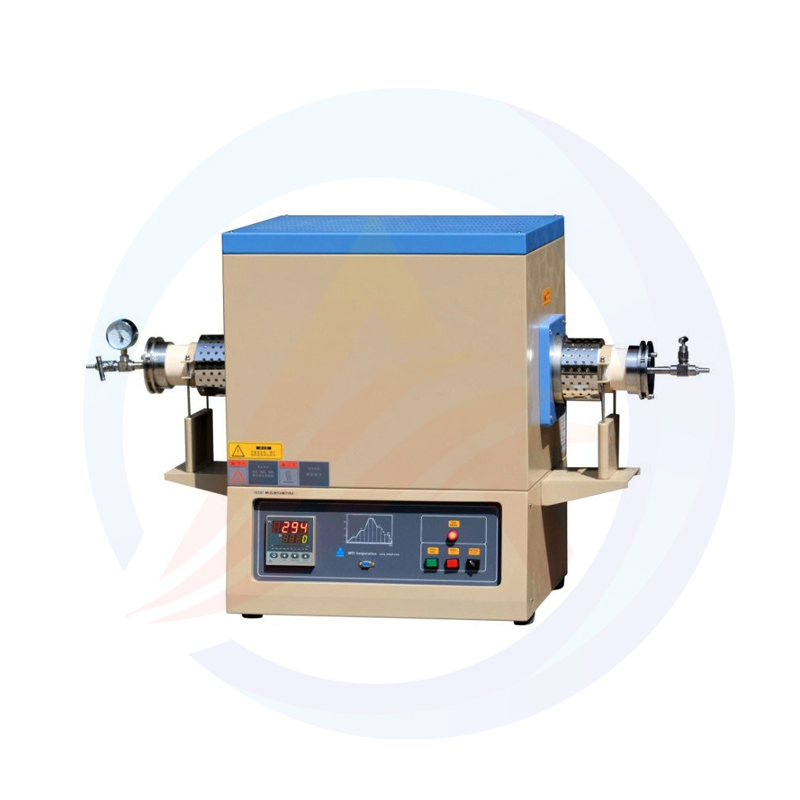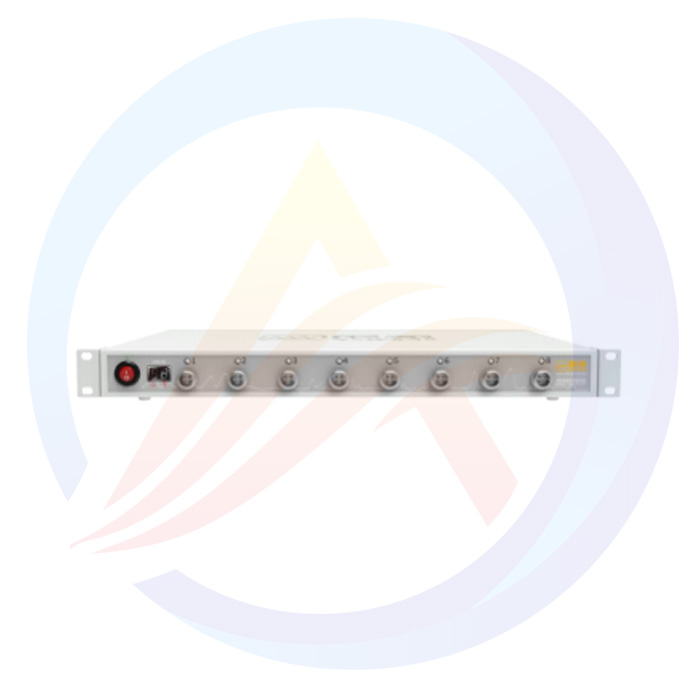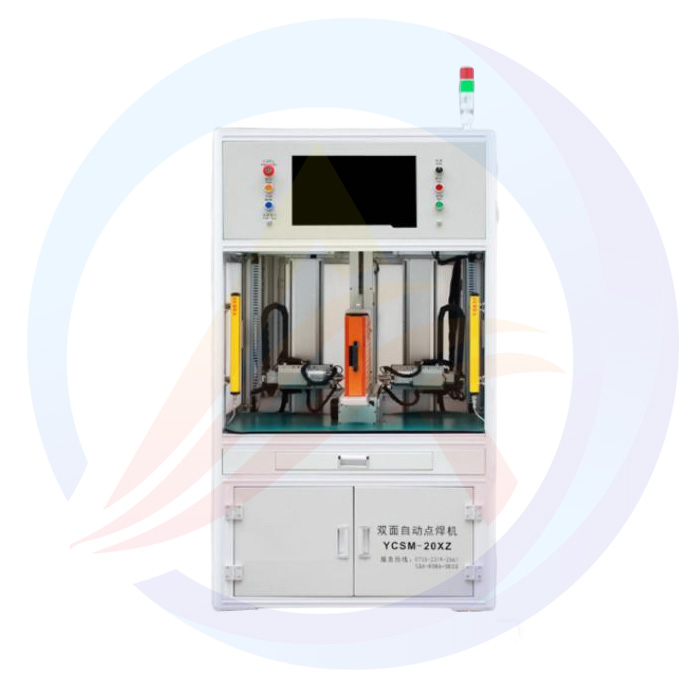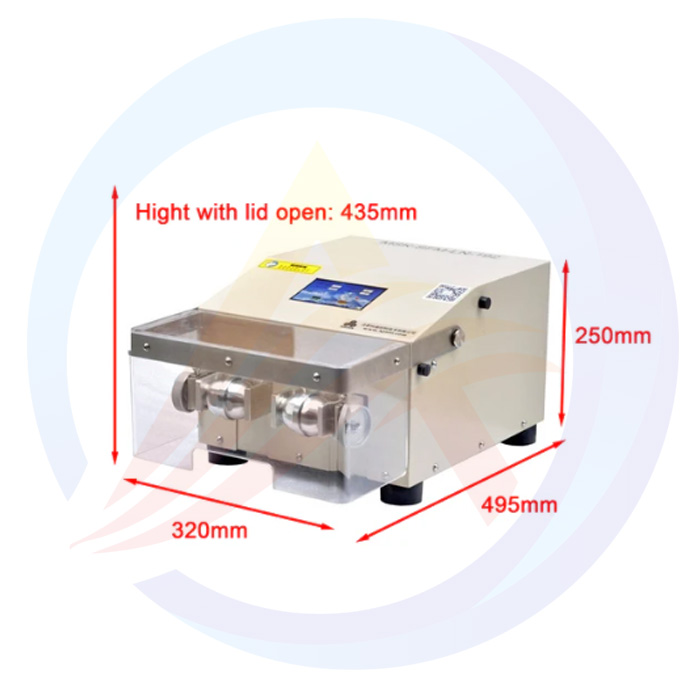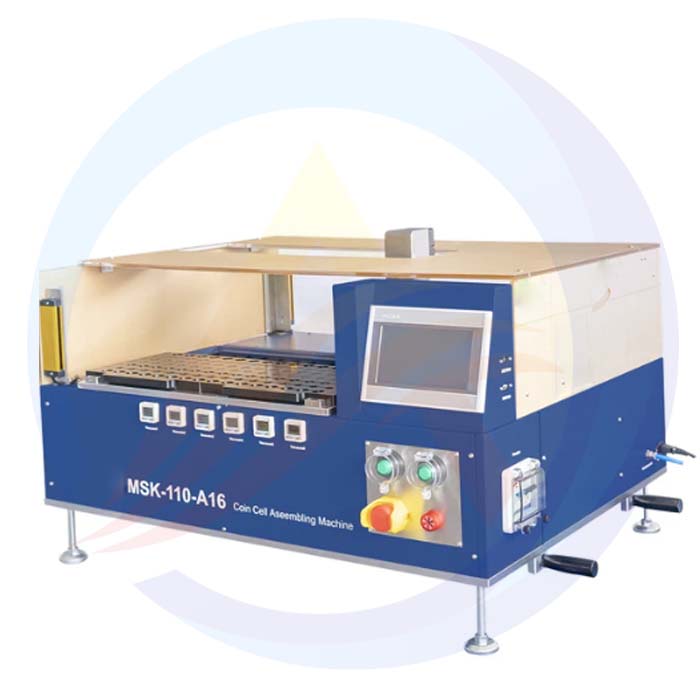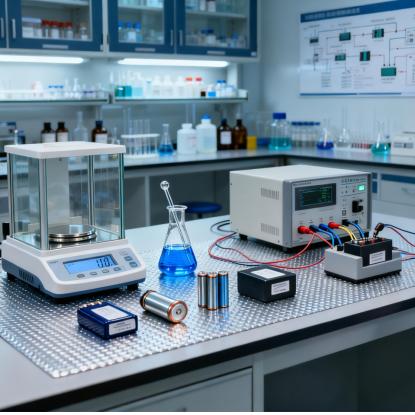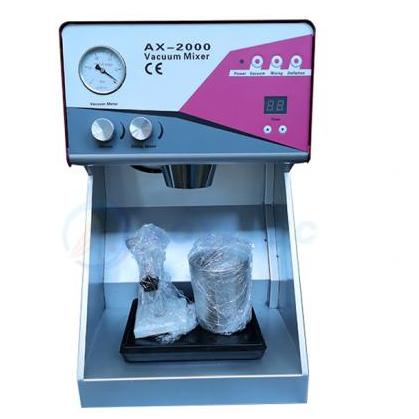In the research and development of lithium battery laboratories, from electrode preparation to battery assembly and performance testing, a set of specialized equipment is required to support the process.In the research and development of lithium battery laboratories, from electrode preparation to battery assembly and performance testing, a set of specialized equipment is required to support the process. The accuracy and stability of these devices directly determine the reliability of the research data. The accuracy and stability of these devices directly determine the reliability of the research data. This article focuses on the commonly used lithium battery equipment in laboratories and analyzes their functions and application logic. This article focuses on the commonly used lithium battery equipment in laboratories and analyzes their functions and application logic.
I. Core Equipment for Electrode Preparation
As the starting equipment for electrode preparation, its core function is to achieve uniform dispersion of active materials, conductive agents, binders, and solvents. The commonly used laboratory model has an effective volume of 0.2 - 3L, supports stepless speed adjustment of 50 - 500 rpm, and is equipped with a vacuum degree of ≤ -0.095 MPa. This can prevent the residue of bubbles in the slurry. For example, in the preparation of ternary positive electrode slurry, the equipment precisely controls the temperature at room temperature to -80℃ to prevent the rapid evaporation of NMP solvent, ensuring the stability of the slurry viscosity and laying the foundation for subsequent coating.
2. Small Scouring Knife Coating Machine
The coating machine needs to evenly coat the mixed slurry on the current collector (aluminum foil / copper foil). Laboratory models mostly use scouring knife to adjust the thickness, with an accuracy of ±5 μm. The equipment supports adjustable coating speed of 1 - 50 mm/s, suitable for different viscosity slurry - for example, when coating silicon-based negative electrode slurry, the speed needs to be reduced to 5 - 10 mm/s to avoid streaks in the slurry due to high viscosity, ensuring the consistency of the electrode sheet thickness.
3. Vacuum Drying Oven and Roller Press
The coated electrode sheet needs to undergo vacuum drying in a drying oven to remove the solvent. The laboratory equipment has temperature control accuracy of ±1℃ and vacuum degree of ≤ -0.098 MPa. It can set a stepped temperature rise program (such as 60℃/2h → 80℃/4h), to prevent the electrode sheet from cracking. The dried electrode sheet needs to be pressed by a roller press. The pressure of the laboratory small roller press can be adjusted within the range of 0 - 50 kN, and the roller diameter is mostly 80 - 120 mm. By controlling the pressure (such as 20 - 30 kN for the positive electrode and 15 - 20 kN for the negative electrode), the density of the electrode sheet can be adjusted, affecting the battery capacity and cycle performance.
II. Battery Assembly and Sealing Equipment
1. Glove Box (Inert Gas Protection)
In the assembly of cylindrical and pouch batteries, the glove box can provide a dry and oxygen-free environment (water-oxygen content ≤ 1 ppm), preventing the electrodes and electrolyte from coming into contact with the air. Laboratory commonly use double-station glove boxes, equipped with gas purification systems and vacuum transfer chambers, to complete operations such as electrode sheet cutting, winding (or stacking), and electrolyte dripping. For example, when assembling solid-state batteries, the entire process must be carried out in the glove box to prevent the solid-state electrolyte from absorbing moisture and losing its effectiveness.
2. Sealing Machine for Cylindrical Batteries
For common cylindrical batteries such as CR2032, the laboratory sealing machine uses hydraulic or manual pressure methods, with adjustable sealing pressure (usually 0.5-2 MPa). The equipment must ensure sealing performance to prevent electrolyte leakage and also prevent excessive pressure from causing the battery shell to deform, affecting subsequent tests.
III. Key Equipment for Performance Testing
1. Battery Tester (Charging and Discharging Testing System)
This core equipment is used to test parameters such as battery capacity, cycle life, and rate performance. Laboratory models typically have 8-32 channels, with current ranges of 0.001-10 A and voltage accuracy of ±0.1 mV. During testing, multiple charging and discharging regimes can be set, such as constant current constant voltage charging (CC-CV) and stepwise charging and discharging, to meet different research needs - for example, when testing battery cycle performance, a 1C charging and discharging rate is often used, and the capacity retention rate after 500 cycles is recorded.
2. Electrochemical Workstation
It is mainly used for electrochemical analysis such as alternating current impedance (EIS) and cyclic voltammetry (CV), to explore microscopic characteristics such as charge transfer resistance and lithium ion diffusion coefficient in the battery. Laboratory commonly use workstations with a frequency range of 10 μHz-1 MHz and current resolution of 1 pA. They can be equipped with special fixtures to conduct in-situ tests for cylindrical and pouch batteries, providing data support for analyzing battery degradation mechanisms.
IV. Equipment Collaboration and Research Value
The lithium battery equipment in the laboratory should form a "preparation - assembly - testing" closed loop: For example, through the slurry mixing machine and coating machine to control the quality of the electrode sheet, after assembly in the glove box, the tester and workstation are used to verify the performance, and then the test results are used to optimize equipment parameters (such as adjusting the mixing time and coating thickness) in reverse. This equipment system not only ensures the repeatability of small-scale experiments, but also quickly verifies the application potential of new materials (such as new cathode materials, solid-state electrolytes), providing key support for the iterative development of lithium battery technology.

